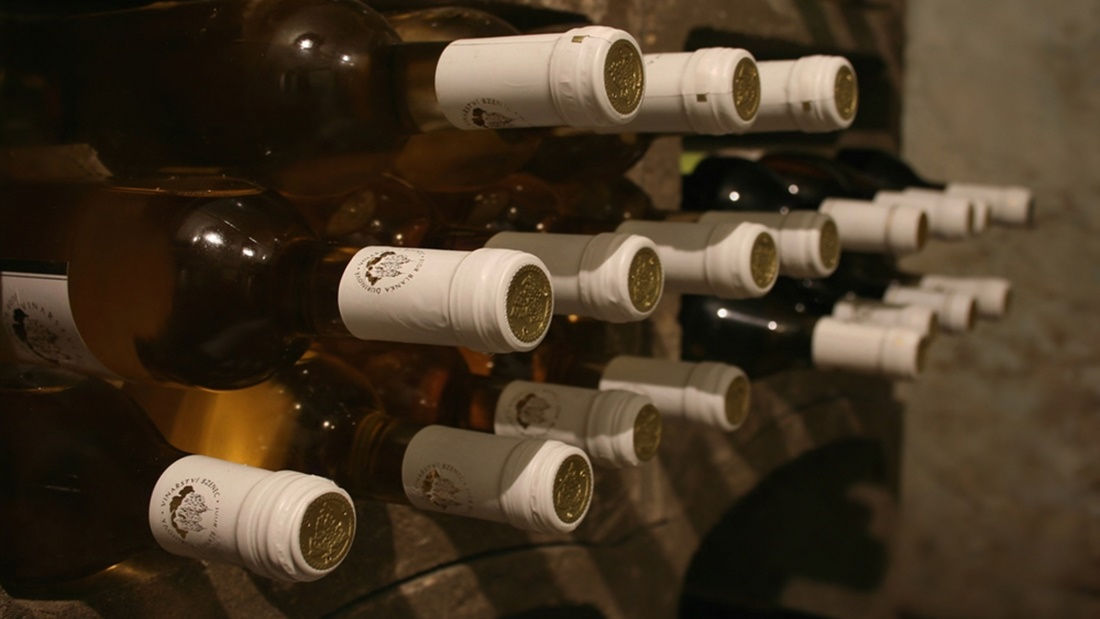
15 Jul Planning On Installing a Wine Cellar? Here are the Basics
Wine cellars are now becoming a popular feature of home design and most luxury homes now sport one. If you are considering getting one of these installations for your home, you must have started looking at various designs and plans. You will find that these range from very simple designs like wine racks in closets or basements to elaborate custom installations that have detailed finishing and fixtures. Here are some tips that will help you with the plans for your wine cellar installation:
It’s true that luxury home owners spend a great deal of money on their cellars; but that’s probably also because they spend a significant amount of money on wines as well. They hire the services of expert, custom wine cellar designers that survey the available space, and then design cellars that will match the needs of their clients.
The basics
In some cases, a room may be turned into a cellar, while at others, space may be made somewhere in the house for an underground cellar. Regardless of the type of cellar you want to install, here are some basics you would have to keep in view:
Storage Temperature
The ideal temperature required for wine storage is around 13 ° C. In case your home has a basement or any spaces where there aren’t any heat registers that can do the trick as well. If there is no basement in your house, or if you live in extremely warm climate, it would be necessary for you to buy an independent cooling system. This is the only way to keep your wine from turning.
Temperature Fluctuations
It’s true that the temperature in the basement stays far more consistent compared to other spaces in the house, which are air-conditioned; however, there is still a certain amount of temperature fluctuation there too. If you are getting a cellar built in a non-insulated room, it would first have to be framed out with 2X4″ studs, and then insulated with rigid foam insulation or fibreglass batting.
Humidity
The relative humidity in the wine cellar you get installed should be in the range of 50-70% (65% is the ideal level). If the humidity is too high, the bottle corks will retain the temperature and this leaves them extremely susceptible to mildew and mould growth. In case of an excessively dry environment, the corks will just dry out.
Movement
It’s important that you choose a spot that has no vibrations – don’t place the cellar or cooling unit near any heavy home appliances like washers etc. The movement impacts the aging process of the wine.
Some more factors to keep in view
In addition to these things, the other aspects to keep in view are:
- Keep your wines away from sunlight
- Avoid using aromatic woods like pine or cedar to build racks in your cellar. These strong smells can have a negative impact on the wine’s flavour
- It’s best to avoid woods such as cherry, oak and poplar as they absorb moisture which leads to mildew and mould growth and results in structural weakness
- Redwood is another species of wood to stay away from; it’s quite inconsistent in density and colour; the former can impact the longevity of the installation.
For any information about wine cellars and cellaring wine, call Signature Cellars at 02 9340 7515. Alternatively, simply use this contact form to connect with us and we will get back to you within the shortest possible time. We help with planning, designing and installing wine cellars that will become the perfect storage space for your wines and enhance the value of your property too.
Thanks for reading,
Neil Smallman
Signature Cellars
02 9340 7515




No Comments